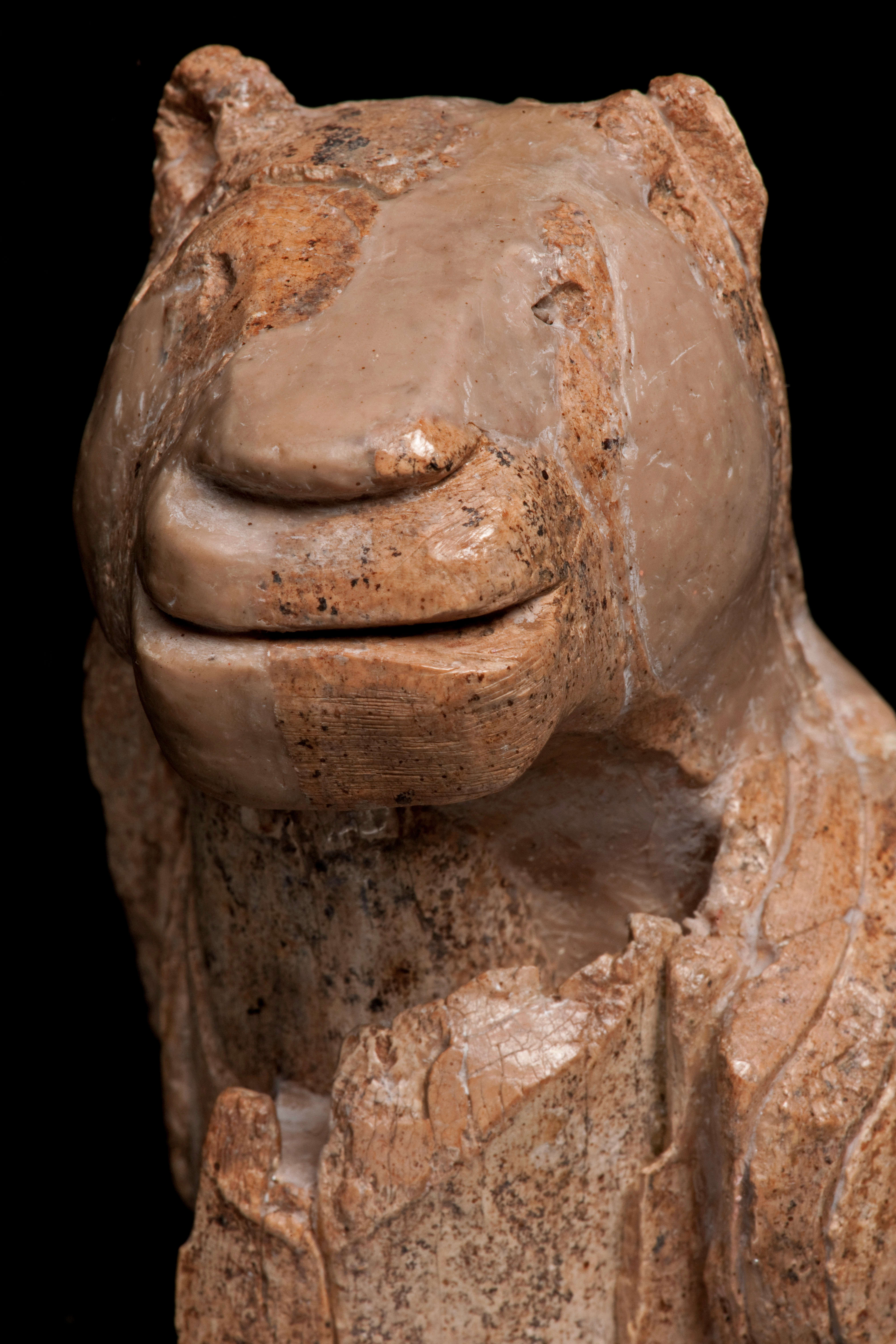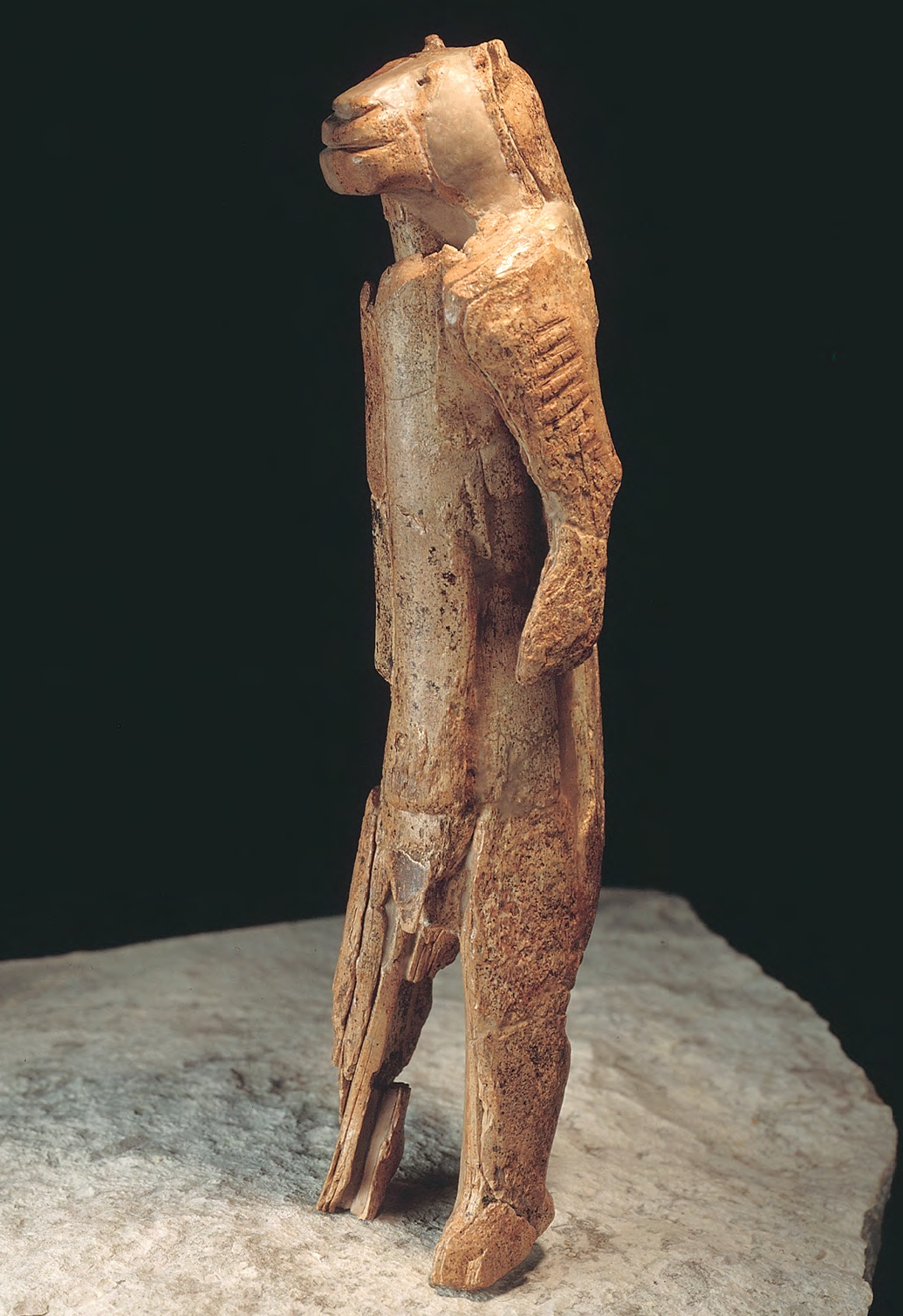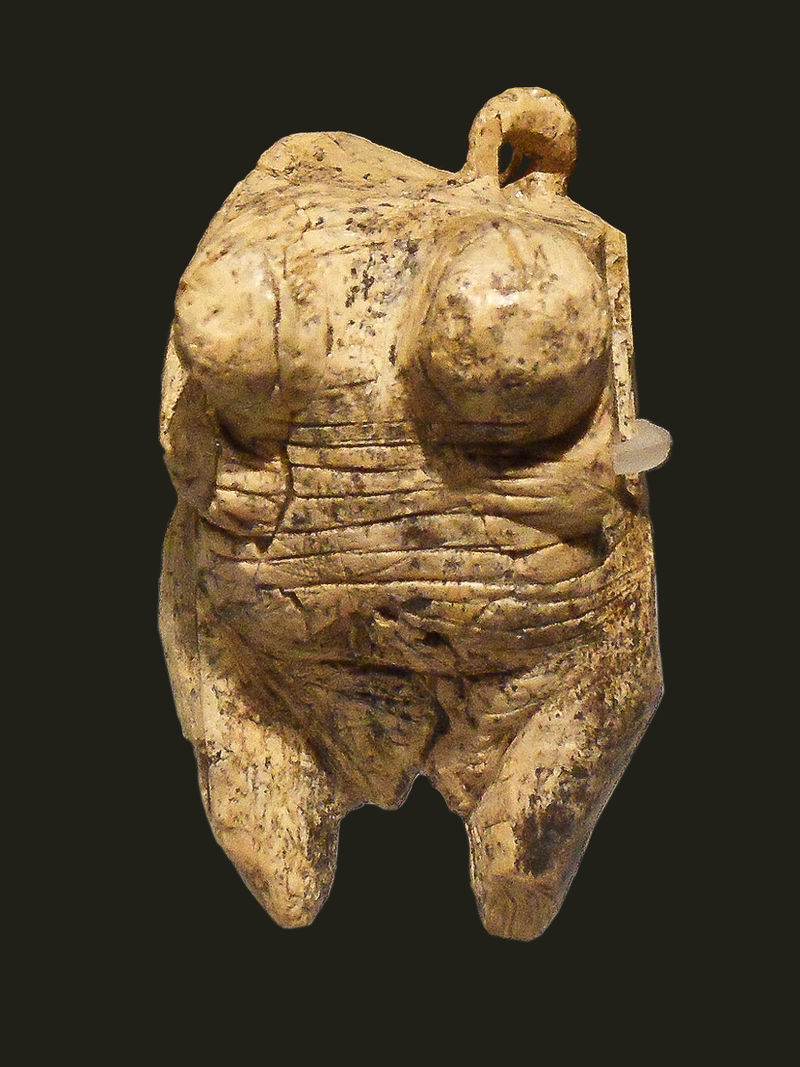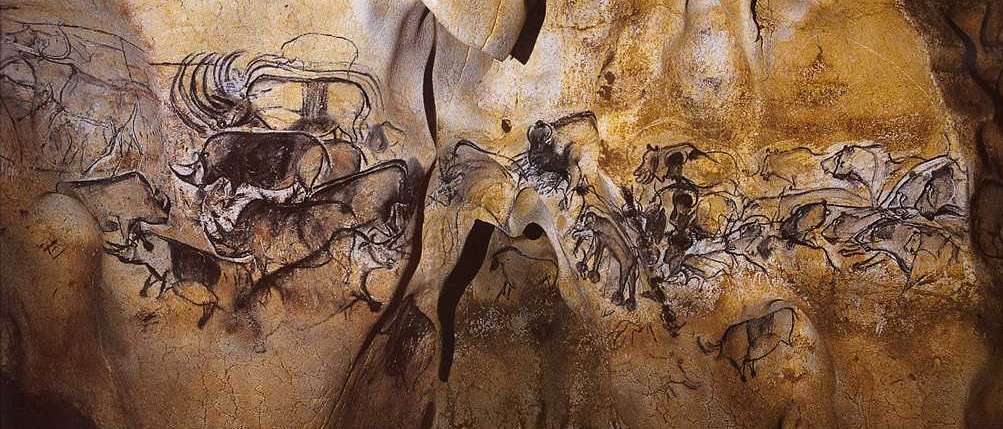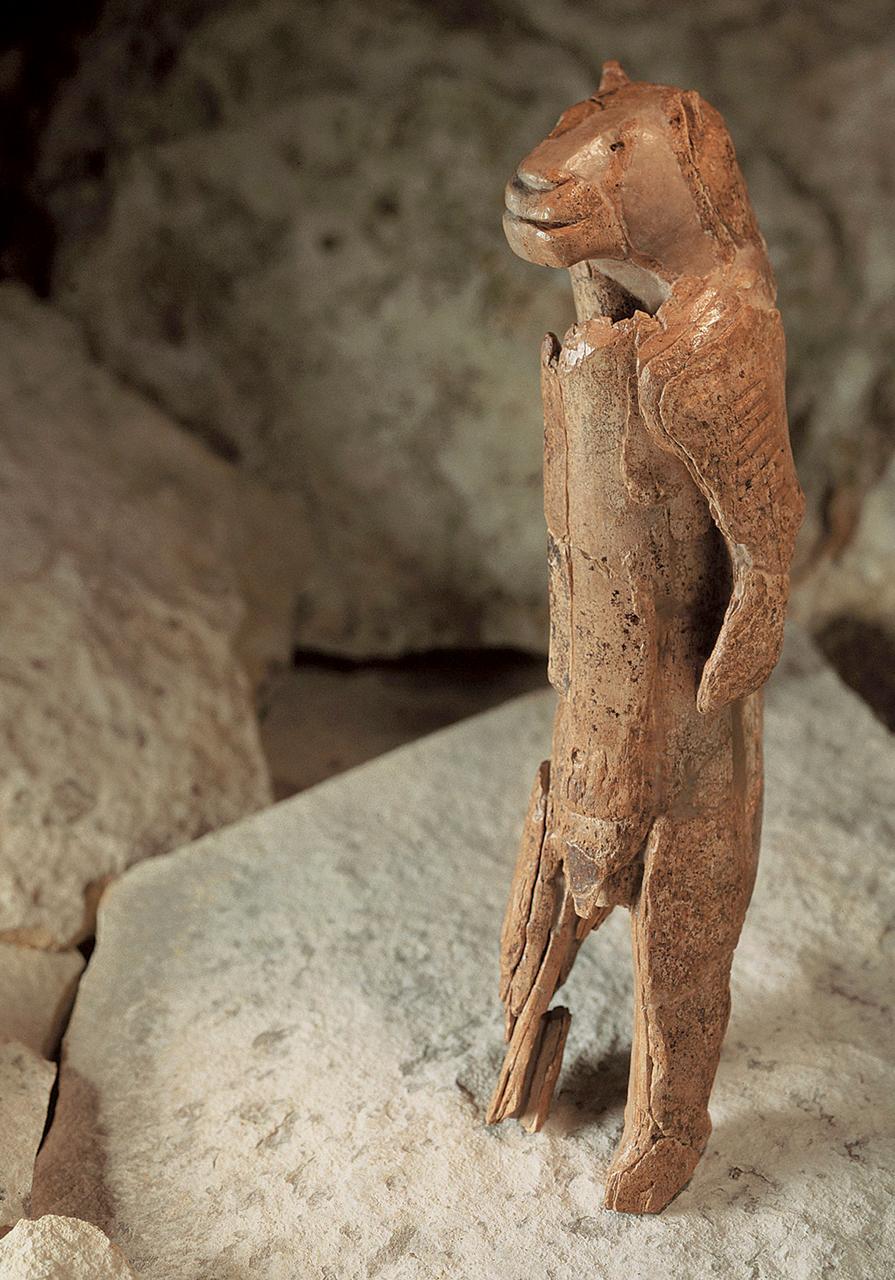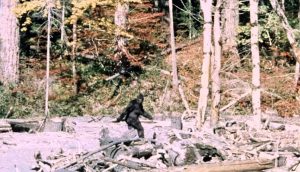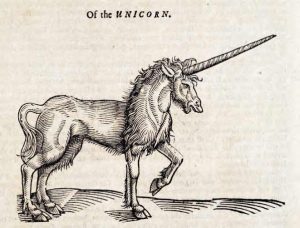German Lion Man: Oldest Animal Statue In The World At 40,000 Years
The so-called lion man statue was discovered in 1939 in a German cave — the Stadel cave in Hohlenstein Mountain in the Lone valley, to be precise.
The lion man of the Hohlenstein Stadel has a double accolade: firstly, it is the oldest known animal-shaped sculpture in the world; and, secondly, it is the oldest known uncontested example of figurative art. (Unofficially, he has the cheekiest little grin of all ancient statues discovered so far, but that’s not in the textbooks. You heard that one here first).
At around 30 cm tall, the statue doesn’t impress with its stature, but its age is breathtaking. The beautiful figurine is estimated to be around 40,000 years old. It is believed to have been created by the Aurignacian culture, an ancient group of humans who populated Europe and southwest Asia 45,000 to 35,000 years ago.
The Aurignacian culture left us a number of ancient sculptures, most notably, the Venus of Hohle Feels, the oldest undisputed example of human figurative art. (Click on the image below to read more about other similarly ancient “Venus” statues):
It seems that the Aurignacians were relatively advanced for their time, producing some of the earliest known cave art, such as the animal engravings at Aldène and the paintings at Chauvet cave (below) in southern France. Some archaeologists consider them to have been the first modern humans in Europe.
Although initially the lion man of the Hohlenstein Stadel was considered a male, on further inspection, some decided the lion man was in fact a lion lady. Neither side of the argument can really be won; European mountain lions lack a mane, so the jury may well stay permanently out.
The name currently used in German is Löwenmensch — meaning “lion-human,” just to keep it neutral.
After finding a smaller lion/man hybrid statue in a similar location, archaeologists wonder whether this figure may have played an important part in Aurignacian folklore and mythology. At this stage, and quite possibly for all eternity, the role of the lion human will have to remain pure conjecture.
The idea that a human who looked something like me, sat in a cave and carved this icon 400 centuries ago, is amazing enough to make me reel with joy.
MORE HISTORY:

